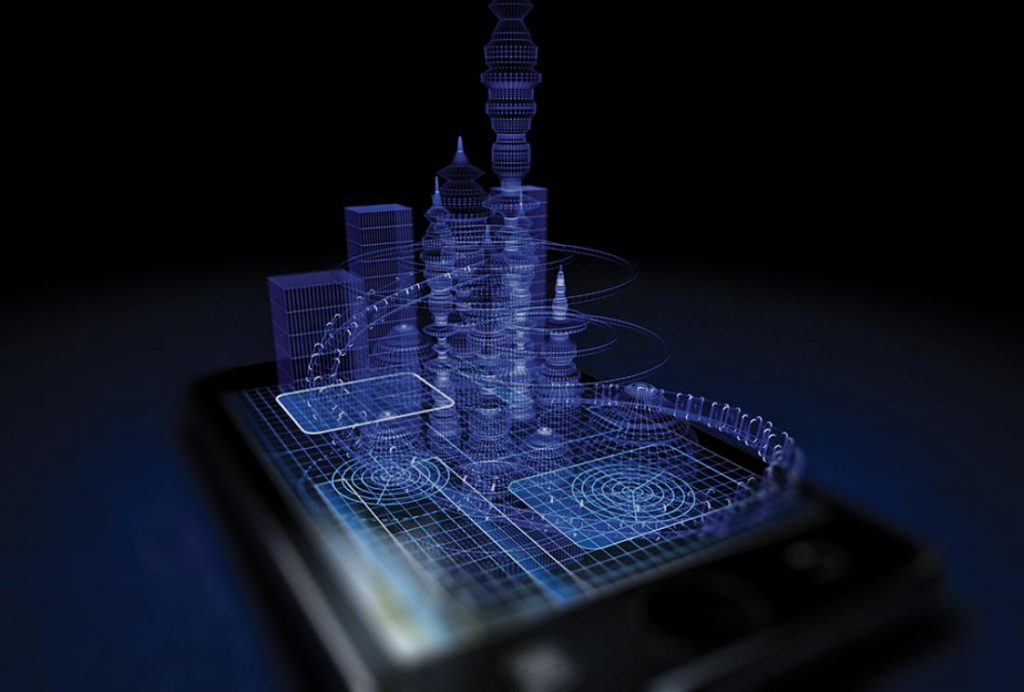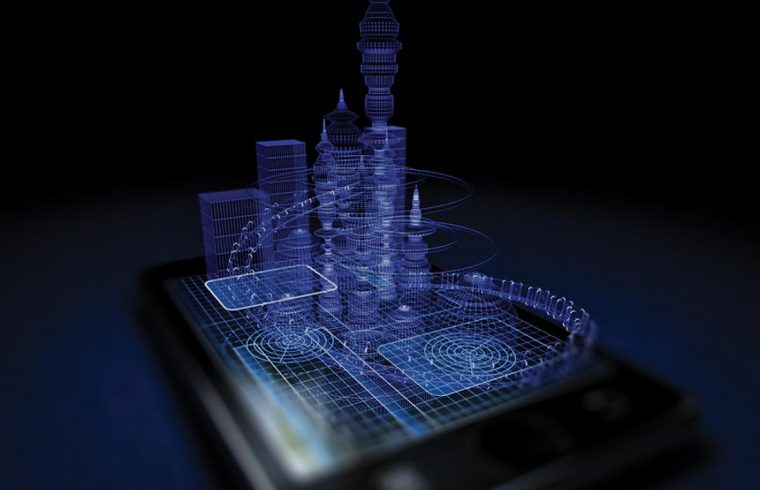Asia Research News |

Computer-generated holographic images can be better seen from the side thanks to a thin metal film with millions of tiny pinholes. This ‘photon sieve’ could one day enable dynamic 3D images to be viewed on mobile devices.
Researchers at the Korea Advanced Institute of Science and Technology (KAIST) in collaboration with SAIT Samsung Electronics placed an array of sub-micron apertures over a commercial LCD panel illuminated from behind with a laser. Light is diffracted widely as it exits the pinholes, allowing holograms to be clearly seen within a viewing angle of 30 degrees.
Users looking at the same scene with the photon sieve removed would experience holograms with a viewing angle of just a few degrees.
“The present demonstration is the first flat-panel holographic display capable of displaying a large-sized image with a wide viewing angle,” says YongKeun Park, who has expertise in holographic microscopy and leads the Biomedical Optics Laboratory at KAIST.
SKINNY 3D
Visually captivating, holograms have immediate appeal as an entertainment medium, but their potential does not stop there.
“3D images contain a wealth of informa- tion, making holograms useful for observing changes in systems,” explains Park. “Displays made using holographic recording techniques could be used for remote surgery, head-up displays for cars, augmented and virtual reality, and more.”
Holographic displays could provide a comfortable, headset-free solution for users in home and work environments. Park anticipates viewers gathering round a flat-panel holographic display, much like people watch a TV or computer screen today.
The rapid advancement of LCDs replacing clunky tube-based TV and computer monitors motivated Park to develop a practical, attractive design for a flat-panel holographic display.
“Making a thin device has become one of the most essential criteria for the display industry,” he notes.








